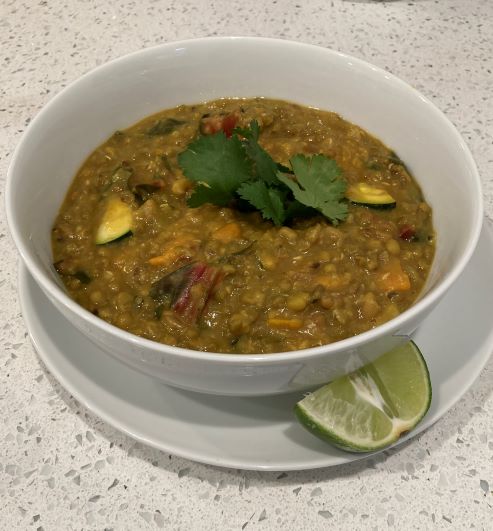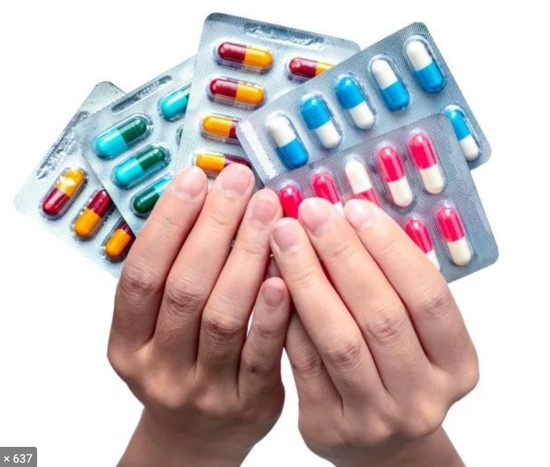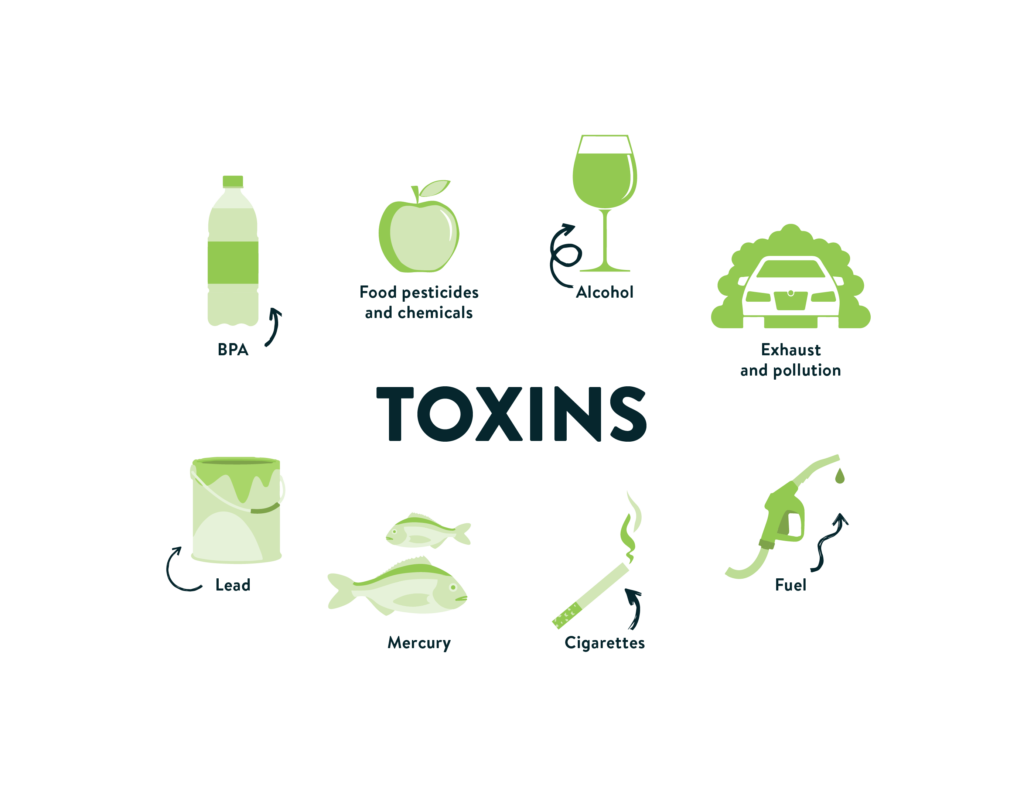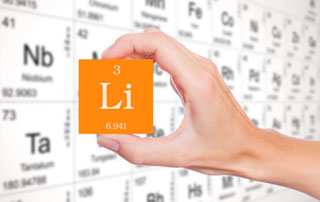Susan Denny, MD, MPH
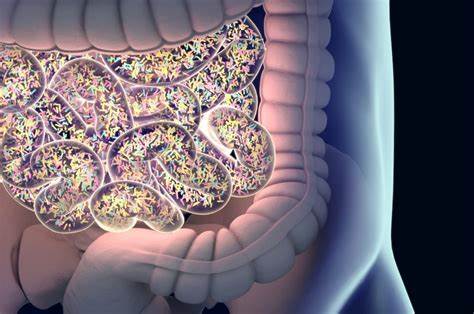
Do You Have Leaky Gut?
If you suffer from a chronic health condition and have been researching how to improve your health, you may have heard of leaky gut. If that conjures up an unpleasant image of gut materials leaking in to your bloodstream, you are not far off. Leaky gut happens when contents from the small intestine spill into the sterile bloodstream from a damaged or “leaky” gut wall. This contamination of the bloodstream by digested foods as well as bacteria, yeast, and other pathogens is often the foundation for chronic inflammatory and autoimmune health disorders.
Leaky gut is referred to as increased intestinal permeability in scientific research and is increasingly being recognized as a common underlying factor in most inflammatory symptoms and disorders. As our body’s largest immune organ, the gut powerfully influences the rest of the body. Importantly, this includes the brain. Current scientific studies link intestinal permeability with inflammatory bowel disorders, gluten sensitivity, celiac disease, Crohn’s disease, type 1 diabetes, depression, anxiety, psoriasis, and many other chronic conditions.
Given what we know about the connection between gut health and immunity, it is vital to include a gut repair protocol in the treatment of inflammatory and autoimmune disorders. Repair of leaky gut begins with understanding why it developed in the first place. Reasons for leaky gut can include over the counter or prescription medications, antibiotic use, toxin exposure, hormonal changes, food intolerances, poor diet and others. After root causes are identified, a leaky gut protocol can help you improve your health, relieve symptoms, boost energy, make you happier, and clear your brain fog. Ask our office for advice on improving your overall health through a personalized leaky gut evaluation and treatment plan.
Your Partner in Health!
Susan Denny, MD, MPH









